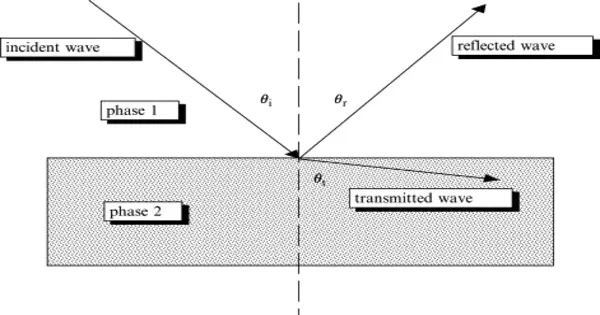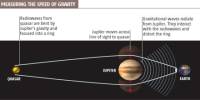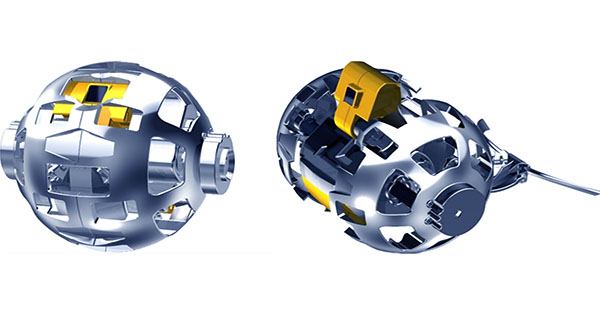Acoustic impedance and specific acoustic impedance are measures of a system’s resistance to acoustic flow caused by an acoustic pressure applied to the system. The SI unit of acoustic impedance is the pascal-second per cubic metre (Pa•s/m3), or in the MKS system, the rayl per square metre (rayl/m2), whereas the MKS unit of specific acoustic impedance is the rayl. There is a close analogy with electrical impedance, which measures the resistance of a system to an electric current generated by a voltage applied to the system.
Acoustic impedance is a medium property that describes how it responds to sound wave propagation. It is calculated as the product of the medium’s density (ρ) and the speed of sound in that medium (c). It is represented mathematically as the product of these two quantities:
Acoustic Impedance (Z) = ρ * c
The acoustic impedance is measured in units of Rayls (kg·m^(-2)·s^(-1)). It represents the opposition or resistance that a medium presents to the transmission of sound energy.
In simple terms, the acoustic impedance determines how easily sound waves can travel through a particular medium. It depends on the properties of the medium, such as its density and compressibility, as well as the speed of sound in that medium.
Sound waves, for example, encounter greater resistance to propagation in a medium with a high acoustic impedance, such as a solid material like steel. This means that sound energy is transmitted less efficiently through the material when compared to a medium with a lower acoustic impedance, such as air.
Acoustic impedance is an important concept in many fields, including acoustics, ultrasound imaging, and materials science. It aids in understanding the behavior of sound waves as they interact with various mediums and sheds light on sound transmission and reflection.
















